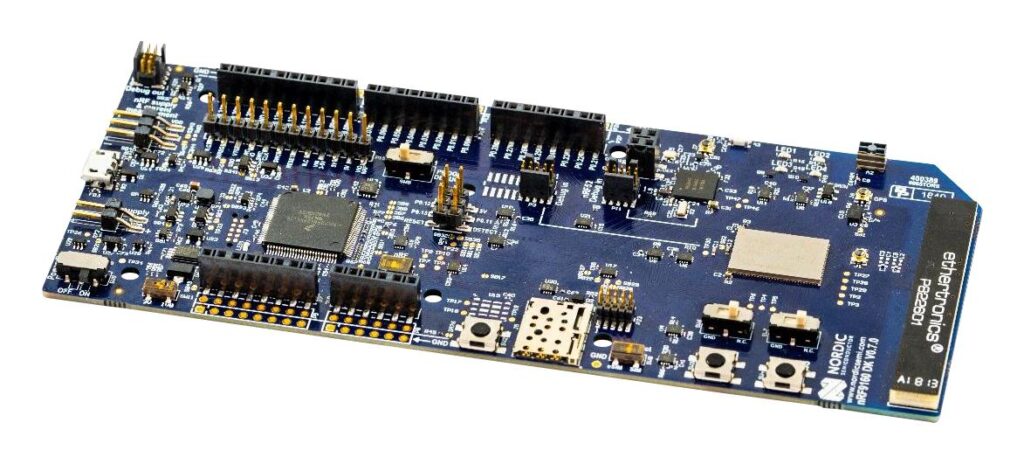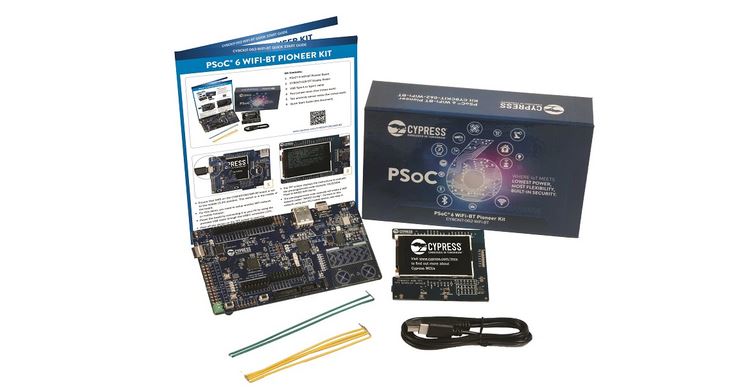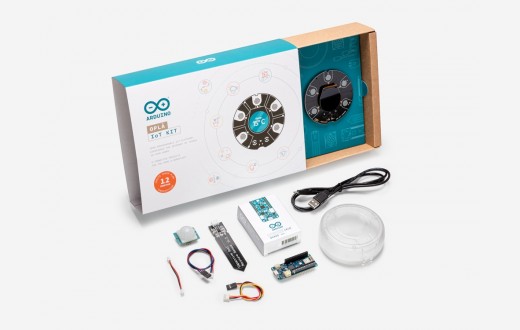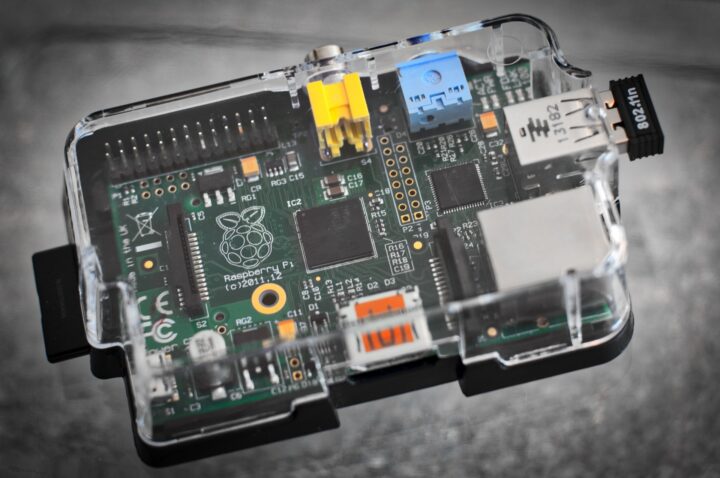IoT development kits empower developers and design engineers to customize their design needs and diversify into different applications such as Industrial IoT, Smart homes, Smart agriculture, and Smart cities. It enables time to market their newest and latest product.
Before venturing further into IoT development kits, let us understand the term IoT.
The term IoT, one of the most commonly used terminology, has become part of our lifestyle. The internet of things refers to a system of interlinked, internet-connected gadgets that can gather and transfer data over a wireless network without any personal intervention. By 2021 there will be tens of billions of data-generating devices connected to the internet. Many innovations drive the need for even more power-efficient low latency solutions.
The IoT development kits enable to test the IoT concepts and solutions. They form building blocks to build prototypes using the distinctive capabilities of the development kit. Design engineers can rapidly prototype their path-breaking ideas and can create applications requiring minimal use of computing power. Numerous development kit features a variety of I/O peripherals such as DAC, CAN, SPI, SCI, DMA, GPIO, and Ethernet controller.
Most of the IoT development kit includes a software package and uses eclipse based integrated development environment. This environment enables IoT developers to develop and debug their application code. With the advancement of cloud-based infrastructure, it is easier to scale support for development kits for managing and processing data.
Newest IoT development and IoT starter kits available in market
Nordic Semiconductor nRF9160 development kit

An affordable rapid prototyping single-board development kit for cellular IoT development with LTE-M, NB-IoT, and GPS functionality. This development kit allows access to all the 32 GPIO and interfaces via connectors.
It has four LED’s, two buttons, and two switches that are programmable and dedicated antenna with built-in GPS. Compatible with Arduino Uno revision three, supported by a full suite of development software and tools.
Cypress Semiconductor PSoC 6 WiFi-BT Pioneer Kit

Allows users to design and evaluate their gen-next applications using PSoC 62 microcontroller and Murata 1LV module. Ideal for engineers looking to develop innovative IoT applications that require low power and industry-leading wireless connectivity. The development kit features PSoC 62 MCU, an ultra-low-power dual-core MCU with an ARM Cortex M4 and ARM Cortex-M0+ integrated into a single chip. The board features Arduino Uno compatible expansion headers and proximity sensors that allow design engineers to create HMI applications.
Designers can use PSoC creator to create standalone PSoC MCU projects or WICED studio 6.1 or above to create PSoC 62 MCU Wifi and Bluetooth projects.
Arduino OPLA IoT starter kit

The first open, programmable IoT platform allows building custom IoT devices with complete control over algorithms and data. The kit includes the maker IoT carrier featuring a color display, environmental sensors, and touch buttons, an Arduino Wifi maker 1010. The kit features a crypto-security chip for secure data transfer. Engineers can access the step-by-step instructions on eight versatile projects included in the starter kit.
IoT developers can build custom IoT applications on home automation, and smart gardening with complete control over the function and data. The kit also includes a collection of sensors, actuators, and cables.
Conclusion: It is important to note that IoT development kits won’t transform product development overnight. It requires an enormous level of innovation in all aspects, from development kits to software and cloud infrastructure.
Disclaimer: The opinions expressed within this article are the personal opinions of the author. Circuit Generator is not responsible for the accuracy, completeness, or validity of any information on this article. Circuit generator does not assume any responsibility or liability for the same.

1 thought on “How IoT development kits enable product development”